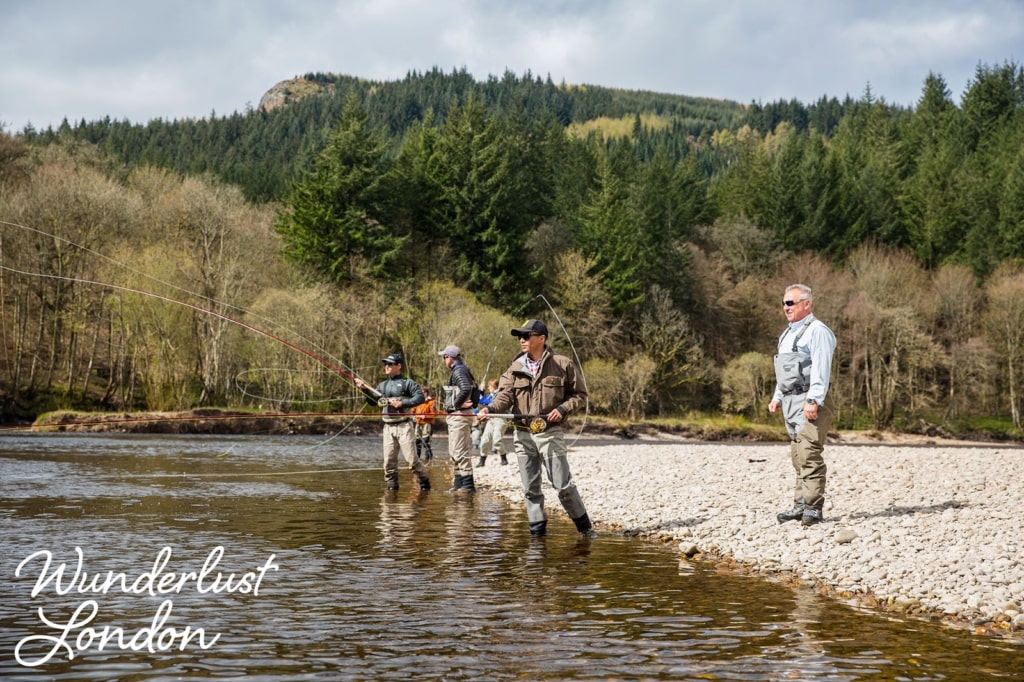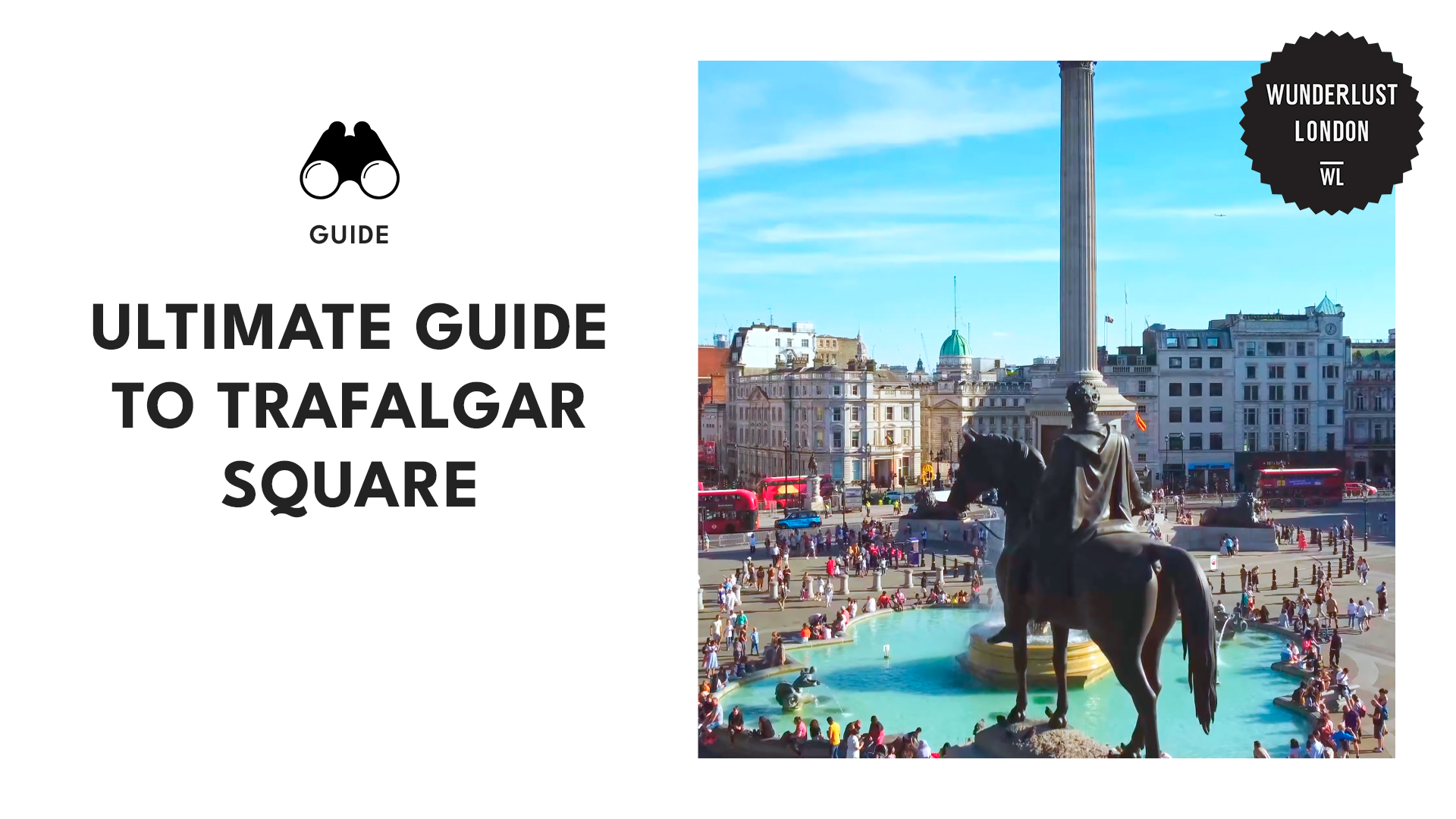Getting a fishing licence in the UK isn’t as difficult as some think. Today, we’ll guide you through the process, which requires only ten simple steps.
So, don your fishing hat and secure your waders as we dive into the world of fishing licence acquisition!
How to get a fishing licence in the UK?
–Media from fishingoks
| Difficulty | Easy ●●○○○ |
| Time to required | 1 hour – 7 days |
| Things you need | Identification, funds for licence fees, and Internet access for online application |
To get a fishing licence in the UK, you have to determine your fishing spot, identify the type of licence, fill in your personal information, select the licence duration, find your address, familiarise yourself with rules and regulations, make the payment, and then wait to receive your licence.
Let’s go into detail on each step so you know exactly what to do.
Step 1: Determine your fishing spot
–Media from hookdupuk
Keep in mind that different bodies of water have different owners, be it the government, local authorities, or private landowners.
In the UK, you need a valid fishing licence to cast your line legally, and each licence comes with specific permissions and restrictions depending on where you plan to fish.
To get started, you can check out the official website of the Environment Agency – they’re the ones responsible for managing fishing licences in England. They have a handy “Find a Place to Fish” tool that lets you explore different fishing locations across the country.
Step 2: Identify the type of licence
–Media from inkedncarp
Now you’ll want to pay a visit to the official government website – a digital realm where bureaucracy and fishing collide.
There, you’ll find yourself in the realm of fishing licences. Oh, and here’s a cheeky tip from this Londoner’s little black book. If you’re new to the fishing game and just want to dip your toes in the water, you can snag a one-day licence!
To choose the right licence for your angling ambitions, you’ll want to consider a few key factors.
Are you a traditionalist who prefers the calm and steady rhythm of coarse fishing? Or are you more of a fly-fishing aficionado, dreaming of delicate casts and cunning trout?
Take a moment to reflect on your fishing style, your target species, and the waters you plan to conquer. That way, you can select the licence that fits your needs like a glove (or in our case, a glove for handling fishy business).
Step 3: Fill in your personal information
–Media from fishingoks
After checking out the different types of licences, look for the button that says “Get a rod fishing licence.”
You’ll be prompted to select whether you’re getting a licence for yourself or someone else and then be asked to enter your details like your name and birthdate.
After that, you’ll be asked to select the type of licence you want. Which you may have already decided when you did step 2.
Step 4: Select the licence duration
–Media from lovellslakes
Once you’re done with step 3, it’s time to tick the box on “How long do you want your licence for?” Click the option you want.
Will you opt for the short and sweet one-day licence, perfect for a quick angling adventure? Or will you go all in with the mighty annual licence, ready to conquer the fishing world for an entire year?
Here’s a tip: consider the season and the waters you plan to fish in.
If you’re planning a summer fishing extravaganza in a specific location, it might make more sense to opt for a shorter licence duration that covers that time period.
On the other hand, if you’re a year-round angling addict who wants to explore different waters throughout the year, the annual licence might be your best bet.
Step 5: Find your address
–Media from carperinthenycap
Now, it’s time to type in your address. Here you’ll type in your building number or name and postcode.
Through this step, you’ll have the option of getting a licence by email/text message or through a card sent to your address.
Step 6: Familiarise yourself with rules and regulations
–Media from fishingoks
Before you pay for fees, it’s best to familiarise yourself with rules and regulations since the UK is a patchwork quilt of regulatory bodies and their peculiar guidelines.
The marvellous folks at the Environment Agency have assembled a site you can use to find everything from restrictions and renewals. It’s a veritable fisherman’s bible, I tell you!
But hold on to your bobbers, for the fun doesn’t stop there! Each region in the UK has its own unique set of rules and bag limits, so you’ll want to do a bit of extra homework.
If you’re heading up north to Scotland for some loch-side adventures, for example, the Scottish Government’s website is your go-to source for angling guidelines specific to the bonnie land of kilts and bagpipes.
Step 7: Make the payment
–Media from fishingoks
Make sure you have your payment details ready. So, have your bank card or PayPal account primed and ready to go.
And remember, fishing licences in the UK come with different prices depending on the duration and type you’ve selected.
For example, a one-day fishing licence for non-migratory trout and coarse fish costs £6.60, while an annual licence for the same category goes for £33.
If you’re more into salmon and sea trout, a one-day licence is priced at £12.60, with an annual licence available for £86.10.
Keep in mind that these prices may vary, so it’s always a good idea to double-check the fees for the most up-to-date pricing information. You may check the updated pricelist here.
Step 8: Wait to receive your licence
–Media from fishing_with_farley
It can take a few days or even up to a couple of weeks for your licence to be granted.
However, if you do not get your licence within 15 working days, it’s best to contact the Environment Agency for a follow-up.
You may email them at [email protected] or call 03708 506 506.
But, while you anxiously await the arrival of your fishing licence, take this time to get to know the rules and regulations that govern your chosen fishing spot.
You can find a comprehensive guide to the fishing rules and regulations on the Angling Trust website, an excellent resource for all things fishing in the UK.







